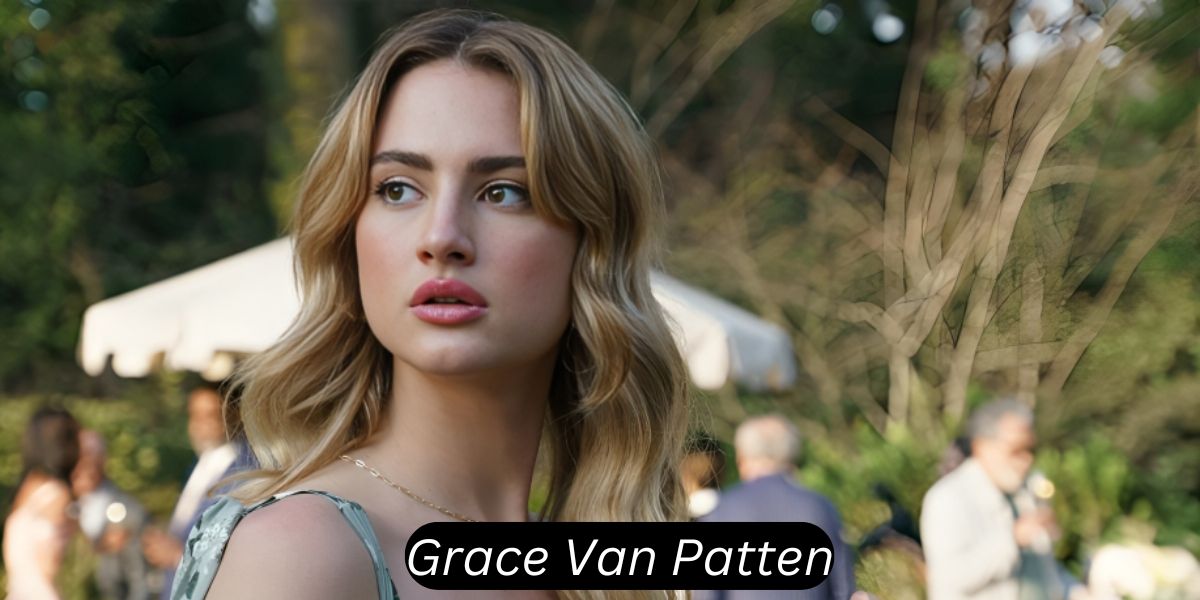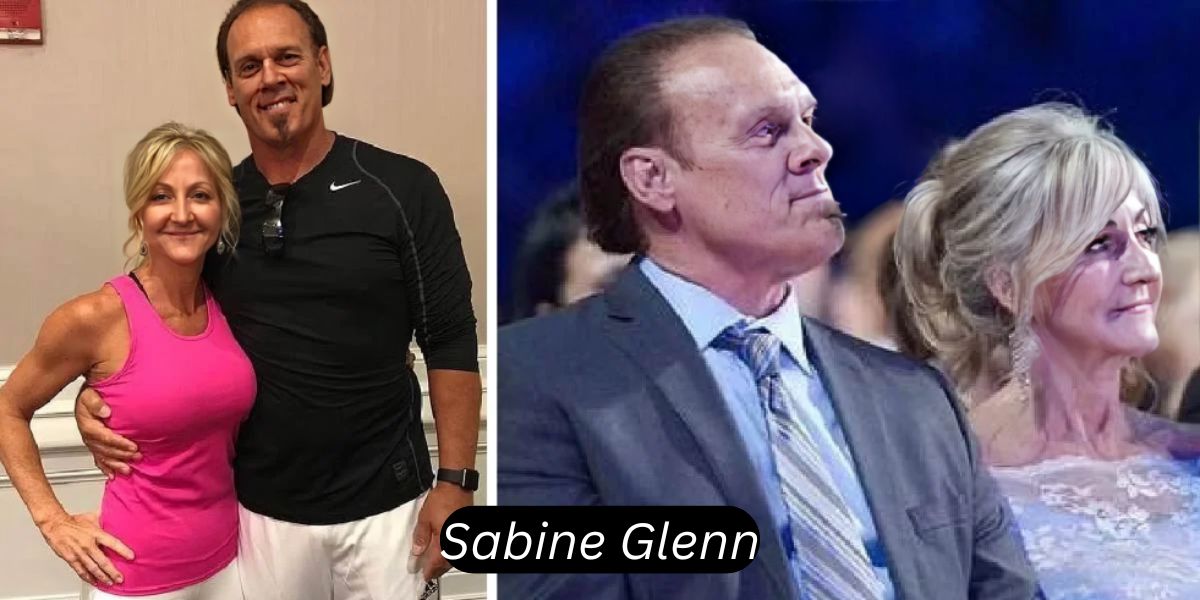Buster Welch: A Legendary Cowboy of the Cutting Horse World

Buster Welch, a name synonymous with cutting horses and the cowboy way of life, left an indelible mark on the world of ranching and horse training. As a Hall of Fame cutting horse trainer, his legacy continues to influence the art of cutting horse competitions, ranch work, and the broader Western culture. This article will explore the life, career, and influence of Buster Welch, highlighting his incredible journey from humble beginnings to becoming one of the most revered figures in the Western horse industry.
Early Life and Beginnings
Childhood on the Texas Plains
Buster Welch was born near Sterling City, Texas, on May 23, 1928. Growing up in the heart of ranching territory, Welch’s upbringing revolved around horses and cattle. His love for horses was evident from an early age, as he took every opportunity to ride, work with livestock, and learn the ins and outs of cowboy life.
Life on the plains shaped Welch’s work ethic and understanding of horses. At just 13 years old, after his mother passed away, Welch left home and began working for different ranches, where he further honed his horsemanship skills. This hands-on experience and connection with animals would become the foundation for his future career as a cutting horse trainer.
The Cowboy Spirit
The cowboy spirit is ingrained in those who live and work on the land. Welch’s early life exemplified this spirit. Without formal education or structured training, he learned by doing and observing. His time on the ranches gave him insight into the behavior of horses, cattle, and the dynamics between them, which is crucial in cutting.
Cutting, for those unfamiliar with the term, is a horse sport where the rider and horse work together to separate a specific cow from a herd. It demands precision, speed, and an uncanny connection between the horse and its rider—a connection that Welch would become famous for mastering.
Rise in the Cutting Horse World
Introduction to Cutting
Buster Welch’s foray into cutting happened almost organically. His work on ranches naturally led him to situations where he had to separate cattle from the herd. However, it wasn’t until the late 1940s and early 1950s that cutting began gaining recognition as a competitive sport, and Welch quickly emerged as a formidable competitor.
His first major success came in the early 1950s when he won his first cutting horse competition at the West Texas Cutting Horse Championship. The victory marked the beginning of a long and illustrious career that would see him win numerous titles and accolades.
National Cutting Horse Association (NCHA) Success
Welch’s name became synonymous with cutting when he dominated the National Cutting Horse Association (NCHA) circuit. Over the years, he amassed five NCHA World Championships, winning in 1954, 1956, 1971, 1974, and 1976. His achievements in these events cemented his status as one of the greatest cutting horse trainers and riders in history.
One of his most famous horses, Marion’s Girl, played a key role in Welch’s NCHA victories. His ability to connect with horses and bring out their full potential was a testament to his deep understanding of their behavior and movements.
A Man of Many Horses
Throughout his career, Welch worked with many horses, each with its own distinct personality and potential. While Marion’s Girl was one of his early stars, Welch also found success with other notable horses, such as Peppy San Badger and Mr. San Peppy, both of whom would go on to have significant impacts on the cutting horse industry.
Welch’s philosophy was simple: treat each horse as an individual and bring out the best in them. This approach set him apart from other trainers and allowed him to achieve unparalleled success in the sport.
Welch’s Training Philosophy and Methods
Understanding the Horse
At the core of Buster Welch’s training philosophy was the belief that horses were not just tools for ranch work or competition; they were partners. He emphasized understanding a horse’s personality, instincts, and behavior. Instead of forcing the horse to comply with his will, Welch worked to bring out the horse’s natural abilities, making the animal an equal partner in the process.
This method involved patience, observation, and an intimate knowledge of horse psychology. Welch often spoke about how important it was to “listen” to the horse and build trust. His methods reflected a deep respect for the animal, which was evident in the exceptional performances of the horses he trained.
Cutting as an Art Form
To Welch, cutting was not just a competition; it was an art form. The communication between horse and rider was delicate and intricate, requiring both to be in tune with each other. His ability to read the cattle and anticipate their movements, paired with the horse’s instinct, made Welch a master at the sport.
He often said that the best cutting horses were those that wanted to do the job as much as their riders did. His horses were trained to anticipate cattle moves and work with minimal interference from the rider. This subtle, almost invisible guidance from Welch allowed the horse’s instincts to shine, creating a seamless partnership that was a joy to watch.
The Legacy of Buster Welch
Induction into the NCHA Hall of Fame
In recognition of his remarkable contributions to the sport of cutting, Buster Welch was inducted into the NCHA Hall of Fame. This honor solidified his position as a legend within the cutting horse world. The Hall of Fame is reserved for those who have made significant and lasting impacts on the sport, and Welch’s inclusion was well-deserved.
His influence extended beyond just winning competitions. Welch inspired countless young cowboys and horse trainers to pursue the art of cutting. His methods, philosophy, and success created a blueprint for future generations.
The Welch Family Legacy
Buster Welch wasn’t the only member of his family to make a mark in the world of cutting horses. His wife, Sheila Welch, was also a notable figure in the sport. Together, they created a family legacy that lives on through their children and grandchildren, many of whom continue to be involved in ranching and horse training.
Welch’s influence extends beyond his immediate family, as many young trainers sought his guidance and mentorship. He was always willing to share his knowledge, ensuring that the cowboy traditions and the art of cutting would continue to thrive.
Welch’s Influence on Popular Culture
Buster Welch’s legendary status was so significant that he even made appearances in popular culture. One notable example is his appearance in the hit television series Yellowstone. The series, which revolves around a ranching family, celebrates the cowboy way of life, and Welch’s cameo was a nod to his immense influence in the Western horse world. His appearance introduced a whole new audience to the world of cutting and reinforced his iconic status.
The Importance of Ranching and the Cowboy Way of Life

Preserving Traditions
Throughout his life, Buster Welch was a strong advocate for preserving the cowboy way of life. Ranching, horses, and cutting were not just professions for him; they were part of a larger culture and heritage that he believed should be honored and maintained. In an era of modernization and technology, Welch remained committed to the values and practices of traditional ranching.
He often spoke about the importance of passing down knowledge to future generations, ensuring that the connection between man, horse, and cattle would not be lost. His work on various ranches, including the historic King Ranch, showcased his dedication to maintaining these traditions.
Teaching the Next Generation
As a mentor, Welch was instrumental in teaching the next generation of horse trainers and cowboys. His emphasis on respect for the animal and his meticulous attention to detail became guiding principles for those who studied under him. Many of today’s top cutting horse trainers and riders credit Welch with helping them develop their skills and understanding of the sport.
One of his key lessons was the importance of patience. Welch often reminded young trainers that each horse has its own pace of learning, and rushing the process would only hinder progress. This emphasis on slow, steady growth helped many aspiring cowboys achieve long-term success.
Buster Welch’s Later Years and Legacy
Continuing to Ride
Even into his later years, Buster Welch remained active in the world of cutting. His passion for the sport never waned, and he continued to ride and train horses well into his 80s. His dedication to cutting was not just about winning competitions but about staying connected to the animals and the cowboy way of life that he loved so much.
In interviews, Welch often reflected on how fortunate he felt to have spent his life doing what he loved. He attributed much of his success to his ability to connect with horses and his unwavering commitment to the ranching lifestyle.
Honoring a Legend
Buster Welch passed away on June 12, 2022, but his legacy continues to live on. His contributions to the cutting horse world, his mentorship of future generations, and his embodiment of the cowboy spirit have left an indelible mark on the ranching and horse training communities.
Welch’s life and career serve as a reminder of the importance of perseverance, hard work, and a deep respect for the animals and land that define the cowboy way of life. His story is not just one of personal success but one of cultural preservation and the passing down of a rich heritage.
For More Information Visit: Newly Magazine
Conclusion
Buster Welch’s name will forever be etched in the annals of cutting horse history. His unique approach to training, his deep connection with horses, and his unwavering dedication to ranching made him a true cowboy legend. Through his championship wins, his influence on future generations, and his efforts to preserve the traditions of the cowboy lifestyle, Welch’s legacy will continue to inspire and guide those in the world of cutting and beyond.
Whether through his many accolades or his simple, quiet way of working with horses, Buster Welch remains a towering figure in the Western horse world. His story is a testament to the power of passion, perseverance, and the timeless bond between man and horse.
FAQs
Who was Buster Welch?
Buster Welch was a legendary cutting horse trainer known for his contributions to the sport and Western ranching.
What is Buster Welch famous for?
Buster Welch is famous for his success in cutting horse competitions, winning multiple NCHA World Championships.
How many NCHA titles did Buster Welch win?
Buster Welch won five National Cutting Horse Association (NCHA) World Championships.
What were Buster Welch’s most famous horses?
His most famous horses include Marion’s Girl, Peppy San Badger, and Mr. San Peppy.
What was Buster Welch’s training philosophy?
Welch emphasized understanding each horse’s personality, building trust, and allowing the horse’s instincts to shine during cutting.
Did Buster Welch appear on TV?
Yes, Buster Welch made a cameo appearance in the popular TV series Yellowstone, reflecting his legendary status.
When did Buster Welch pass away?
Buster Welch passed away on June 12, 2022.
What is Buster Welch’s legacy?
His legacy includes his impact on cutting horse training, mentorship of future generations, and preservation of the cowboy lifestyle.













Post Comment